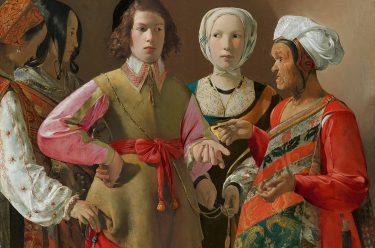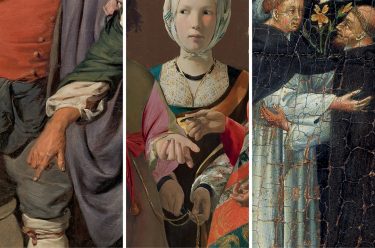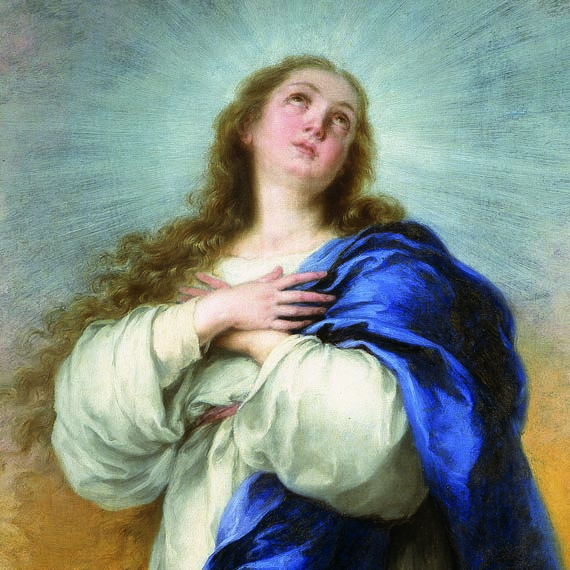
The recent, widely reported example of an attempt by an elderly amateur artist to restore a fresco painting in the church of the Santuario de la Misericordia in the Spanish city of Borja, is an example of the continuing significance of local traditions and religious imagery in Spain.
The ocean of imagery in which we are all immersed makes it difficult to appreciate the power that resided (and continues to) in the painted (and sculpted) image during the sixteenth and seventeenth centuries in Catholic Spain. In churches, chapels, convents, monasteries and cathedrals throughout the country, numerous altarpieces, murals, sculptures, and individual paintings depicted — in addition to the Holy Mother and Christ — the lives of the saints and martyrs as told by the Gospels. These images had both a devotional and didactic purpose. For the largely illiterate congregation, images of the saints were often intercessors through which the lessons of the Gospel could be learnt and communion with the divine sought. They also offered solace in what was, for the majority of Spain’s rural population, a life of trials and hardships.
It is also difficult to appreciate these images as powerful devotional icons outside of their original cultural and architectural context. When displayed in a museum, they often seem drained of their particular aura and local significance. In their original context, many images — particularly those portraying the saints and the Virgin — took on the status of holy relics, sometimes with a supernatural dimension. While much of Protestant Europe, and particularly the Netherlands and England, debunked and discouraged what was considered idolatry, the Counter-Reformation spirit seemed to actively promote the miracles of statues and images sweating droplets of blood or crying tears. Such phenomena were regularly reported in many towns and principalities and would attract believers to those centres in the hope of divine cures, or just to share in the witnessing of the mysterious activations. The majority of occurrences were usually revealed as bogus or an active deception on the part of Church authorities, but many superstitions continued to thrive in villages and townships where the constant search for guidance, help and solace in a difficult life nourished a spiritual climate receptive to the miraculous.
In the exhibition ‘Portrait of Spain: Masterpieces from the Prado’, a number of paintings address the suffering and penance of saints and martyrs, such as Francisco de Zurbarán’s The martyrdom of Saint James c.1640 and Jusepe de Ribera’s Penitent Saint Jerome 1652. Others present images of the miraculous, such as El Greco’s The veil of St Veronica c.1586–95 and Bartolomé Murillo’s representation of the most profound mystery of Spanish Catholic faith, The immaculate conception of Aranjuez c.1675–80.
Perhaps a residue of such belief and attachment to images survives today in our treasuring of photographs of family, friends and loved ones. The domestic context for these images is often similar to a shrine or a small altar where photographs are framed and lovingly arranged in celebration of the living and memorial of those past.
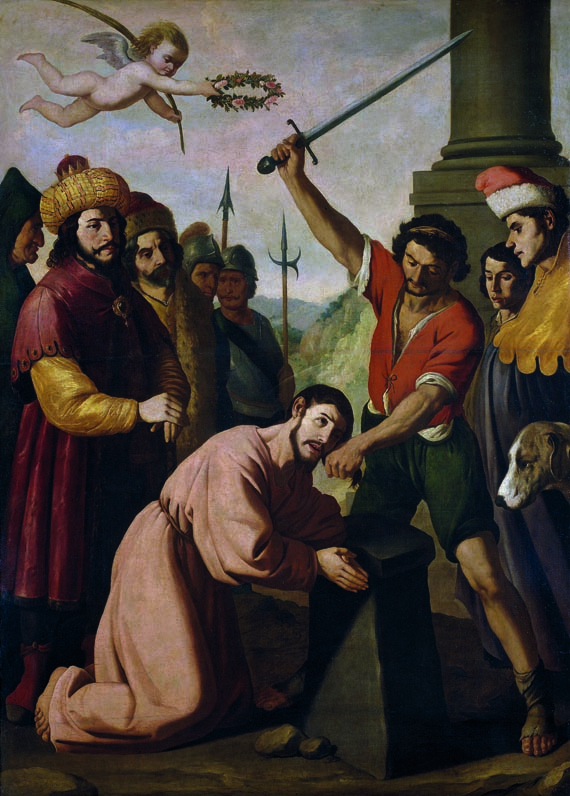

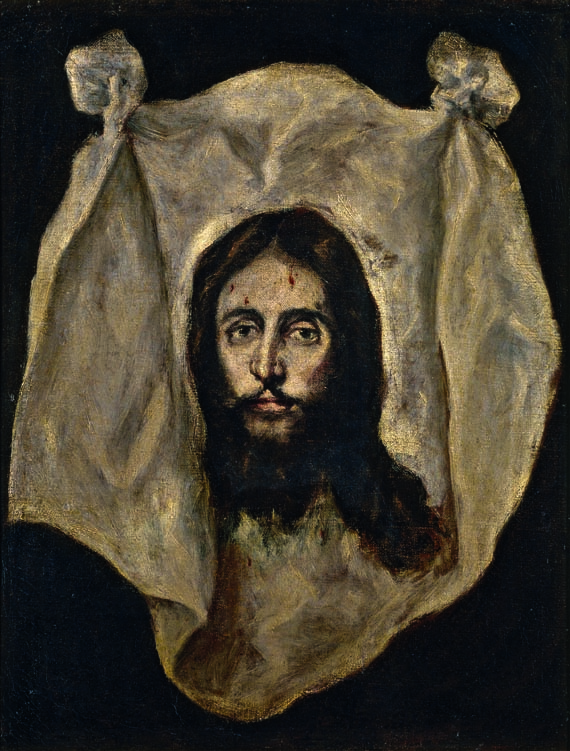

‘Portrait of Spain: Masterpieces from the Prado‘ is at the Queensland Art Gallery (QAG) until 4 November. This extraordinary exhibition is supported by a richly illustrated catalogue and a kids book introducing the Prado’s collection through ten selected art works, information about the artists, fun facts about Spanish history and culture, as well as instructions for at-home activities such as Spanish recipes.
Visitors to ‘Portrait of Spain’ are also invited to experience the vibrancy of Spanish history and contemporary design, food and culture in La Sala del Prado — our large-scale lounge environment complementing the exhibition. La Sala del Prado features an integrated cafe and interactive spaces that reflect cutting edge contemporary Spanish design and includes fun multimedia interactives and drawing activities, as well as programs and events for all ages.
